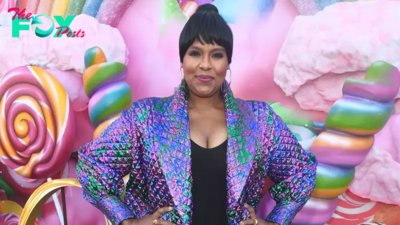Entertainment
The Real Motorcycle Club That Inspired The Bikeriders
Jeff Nichols’ long-awaited new film, The Bikeriders, begins with a disclaimer. The movie, in theaters now, is inspired by real people, but it is not based on a true story. It’s a helpful distinction to make, but it’s also a tricky one to fully grasp without knowing the backstory.
The Bikeriders, Nichols’ first film since 2016’s Loving, tells the story of the Vandals, a 1960s Chicago motorcycle club loosely inspired by the real Chicago Outlaws Motorcycle Club, the subject of photographer Danny Lyon’s legendary 1968 book The Bikeriders. Got that? If not, don’t worry, because the question of what is real and what has been added for dramatic effect is what makes the movie, starring Austin Butler, Tom Hardy, and Jodie Comer so compelling. (Think Goodfellas with Harley Davidsons.)
The real story behind The Bikeriders reveals how much truth there is to the story Nichols is telling, even if the film ends up being more fiction than fact.
The story behind The Bikeriders
Twenty years ago, Nichols came upon “the coolest book I’d ever come across” thanks to his older brother, Ben: a copy of Lyon’s The Bikeriders, which captured the lives of the Chicago Outlaws Motorcycle Club through black and white photos. “Ben has a band called Lucero and he wanted to use one of Danny’s photographs for an album cover,” Nichols said in the official press materials for the movie. In 2005, Lucero put out a song called “Bikeriders”, which was inspired by a chapter in Lyon’s book about Benny, an enigmatic Outlaw member, narrated by his wife Kathy. While Lyon never granted Ben permission to use the photo, the photographer did agree to let Nichols create a movie inspired by his groundbreaking work.
When first published in the late 1960s, Lyon’s photobook was an exciting example of New Journalism, the American literary movement made famous by Tom Wolfe, Truman Capote, and Joan Didion, which blurred the lines between journalism and non-fiction. New Journalism allowed the writer to express a subjective opinion of its subject often by fully immersing themselves into the story. The Queens, NY-raised Lyon first started hanging around the Outlaws in 1963 just as he was starting his career as a photographer. But quickly, the group would go from being his subjects to being his friends. He appreciated their way of living and, through his photos, offered a loving look at a lifestyle that was foreign, yet intriguing to many average Americans.
“In my America, people were all different, they were handsome, and everything around them was beautiful,” Lyon said during 2014’s annual National Geographic Photography Seminar. “And most of all, they were free.”
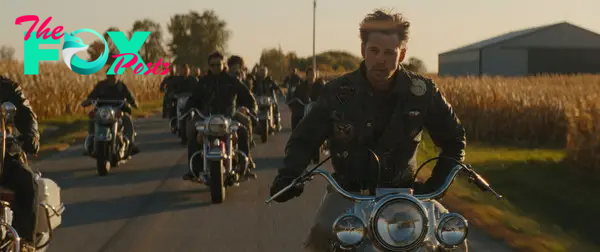
How did Danny Lyon’s photos inspire the movie?
Lyon’s photobook pushed Nichols to create a fictional narrative that would include characters inspired by and named for the real people he had photographed. “I took some character inspiration,” he said in the film’s press materials “but my job was to build it into a narrative.” Nichols even included a version of Lyon in the film—Challengers’ Mike Faist plays “Danny,” a photography student who spends his time recording the bikeriders, but doesn’t do much riding himself. Lyon wasn’t thrilled with how he was portrayed, telling A Rabbit’s Foot, “In the film, Jeff cleaned me up.” In real life, Lyon was 24 and long out of school when he joined the club. As he told The Telegraph, at the time, “I was dirtier than [the bikers] were.”
There was a specific line in a preface Lyon had written for the 2003 edition of the book that would help Nichols find the fictional film’s focus. “There is just one line about the leader of the club, this guy named Johnny, who had been challenged for leadership,” Nichols said. “Many people say that incident was the end of the golden age of motorcycles. Just that sentence started giving me the shape of the film and the narrative.”
He wanted the film, which he started working on in 2015, to tap into the lives of those living on the fringes of society and show how the existential struggle to be free could turn a well-meaning local motorcycle club into a destructive gang.
While the plot is Nichols’ creation, the look of the film is taken directly from Lyon’s photography. Nichols went so far as to recreate some of Lyon’s most iconic Bikeriders images throughout the film. (Sit through the credits and you’ll get to see Lyon’s original photos.) But it was a shot of real-life Chicago Outlaw Cal (played by Boyd Holbrook) that had the biggest effect on the film.
Before shooting even began, Nichols gave his production heads a single specific photo from Lyon’s book of Cal sitting outside a gas station holding a soda bottle, looking as if he doesn’t have a care in the world. “My hope was to make a film that captured this feeling,” Nichols said. “And more importantly, transferred it to a larger filmgoing audience.”
The real people who inspired The Bikeriders characters
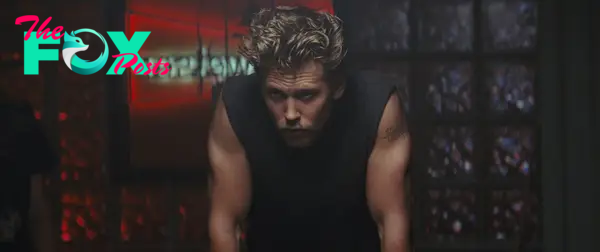
Benny (Austin Butler)
In The Bikeriders, Benny is a man of few words who prefers to speak with his fists. His recklessness, born from a passion for the club, often lands him in trouble, which is not all that unlike the real Benny, who was a bit of a mysterious figure himself.
While Lyon interviewed many members of the Outlaws, there were no recordings of Benny, who was just 19 in 1963, for Butler to listen to in preparation. Butler now considers this to be “a blessing because there’s nothing to say that I do or don’t sound like Benny,” he explained in the movie’s press materials. “I listened to a lot of different recordings of people that Danny made and those were very helpful. But then at the end of the day, it’s more just about Benny’s essence and how that comes through in my voice.”
In many ways, the Benny we see onscreen is mostly one of Butler’s own creations, which is not necessarily his fault. A 1965 photo, “Benny at the Stoplight,” became the inspiration for Butler’s look for the moment in which Comer’s Kathy first lays eyes on Benny at a local bar. In the movie, just as in the photo, Benny is leaning over a pool table, his head is down and his tattoos are on full display. The only problem is, the person in the photo was not actually Benny, something that only came to Lyon’s attention recently after he reconnected with the real Benny, who now lives in Florida. “So I call Benny up. We have a great talk. He’s totally upbeat,” Lyon told The Telegraph in March. “And then he says, ‘Hey, you know the picture of me at the pool hall?’ I said, Yeah. He says, ‘It’s not me.’ What? ‘Check out the tattoos. It’s not me.’”
Still, watching Nichols recreate his photo on screen with Butler, who Lyon told The Telegraph was “as handsome as God,” was an emotional moment for the photographer, who was on set when they filmed that scene. “It’s so realistic, I get teary-eyed,” Lyon said. “I feel like I’m 25 years old, back in the bar. It looks exactly like it.”
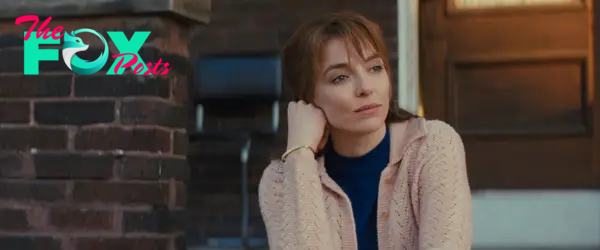
Kathy (Jodie Comer)
While creating the character of Kathy, Comer was only able to see two or three photographs of the real life woman of the same name she was (kind of) playing. “She’s not aware she is being photographed,” Comer explained in the movie’s press materials. “But there was so much I could draw from those pictures.”
In the film, Kathy is a whip smart Chicagoan who falls in love with Benny at first sight. The then 25-year-old mother of three really did marry Benny five weeks after meeting him at the biker bar her friend invited her to. (The couple reportedly stayed together until Kathy’s death, according to Lyon.) The photographer interviewed her often about what it was like to be the wife of a bikerider and listening to those interviews allowed Comer to get a better understanding of how Kathy saw the world she had unexpectedly entered into after falling for Benny. “Danny [Lyon] told me she felt things quite deeply, she was very articulate and very smart,” Comer said. “I don’t know if she saw herself that way, but she seems very good at saying exactly what she feels.”
So good that Nichols wrote much of what Kathy said in those interviews directly into the script, casting her as the narrator of The Bikeriders. Knowing how important Kathy’s voice would be to the film, Comer worked hard to nail Kathy’s Chicago accent, which was no easy task for the Liverpool-born actor. “She’s from Chicago, but every vowel sound was a contradiction,” Comer told Vanity Fair in February. “[My dialogue coach] Victoria was like, ‘Do you want to do a Chicago accent or do you want to try and get as close to this audio as possible?’ And I was like, ‘I want to get as close to the audio.’”
Nichols believes she more than succeeded. “I’ve played the interviews for audiences at festival screenings and they are dumbfounded by how accurate her dialect is,” he said in the film’s press materials. “It’s uncanny.” For those who may think he’s exaggerating, just listen to the original audio of Kathy on Lyon’s website, Bleak Beauty. Comer’s voice truly is spot-on.

Johnny (Tom Hardy)
In both real life and the film, Johnny is the president of the Outlaws. The married family man was inspired to start the motorcycle club after watching Marlon Brando in the 1953 film The Wild One. With his greased back hair and leather jacket, Johnny represents a classic idea of a bikerider, one that begins to feel out of style as the Vandals membership expands. “When you look at Johnny, you see a man who gets outpaced by the times,” Nichols said in the movie’s press materials. “He has the classic greased-back biker hair, but the younger members no longer look like that.”
While the film shows Johnny taking drastic, sometimes violent actions to take back control of his club, the real Johnny was more of a lover than a fighter. In his book, Lyon does not shy away from portraying the risk that came with riding a motorcycle often without a helmet. Many members died in accidents and the Outlaws would send their condolences by buying huge floral arrangements that would be put on display at the funerals. In Lyon’s book, Johnny explains: “We buy for all the club members that do get killed, or die, even if they’re not in the club if they were in good standing when they quit.”
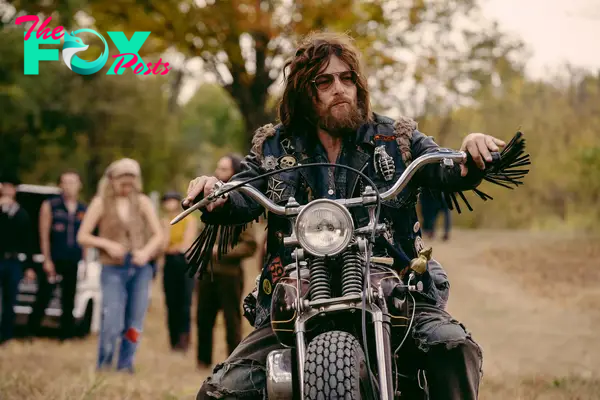
Funny Sonny (Norman Reedus)
The real Funny Sonny was a former member of the Hells Angels, who was a bit of a wild man. Norman Reedus leans into that craziness with his performance, turning the big bearded biker into a lovable buffoon. But motorcycle riding wasn’t all fun and games for Sonny. In Lyon’s book he talks about the first time he met the Outlaws. He was drunkenly riding down a hill when he watched another rider, a “Little Honda guy, you know, helmet and everything,” who had too much wine and drove off a cliff. “So he’s comin’ up the hill and he’s goin’ good, he’s lookin’ good, he’s comin’ up like crazy… but he doesn’t realize something,” Sonny says in the book. “His bike is headed in the wrong direction, he’s headed for a cliff. And he jumps on and gives the gas and over the cliff he goes, messed his whole bike, and he’s gone. He never came back.”
The real life Sonny would go on to make money posing as a biker. Most notably, he was hired to sit on his motorcycle outside a movie theater playing the counterculture classic Easy Rider in hopes it would entice passersby to purchase a ticket to the movie about two Harley-riding hippies looking for spiritual truth. (Funnily enough, Lyon’s photos were a source of inspiration for Easy Rider’s “vision of biker as outlaw hero,” according to the New York Times.)
Nichols wanted to include this real moment from Sonny’s life in the movie to show how the bikeriders had “become kind of a movie version of themselves,” the director said in the press materials. “They’re starting to play the part of a biker” rather than actually being one.
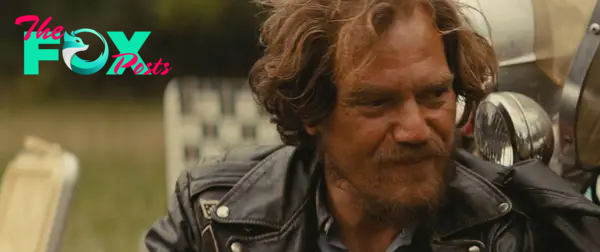
Zipco (Michael Shannon)
Michael Shannon, a longtime collaborator of Nichols’, was the first actor cast in the film to play Zipco, a character inspired by the real Outlaw of the same name. The Latvian born biker, who was immortalized in Lyon’s photograph, “Funny Sonny Packing with Zipco, Milwaukee,” was said to always be drunk, have crumbs in his beard, and when he did wear a helmet, which wasn’t all that often, he wore one with a World War I German spike on it.
Some of Zipco’s dialogue in the movie, including his monologue about his “Pinko” brother, was taken directly from Lyon’s interviews with the real Zipco.
Cal (Boyd Holbrook)
Holbrook’s character Cal, whose real name was Arthur Dion, was a former Hell’s Angel who would become the lead narrator of Lyon’s book. True to life, Cal is often seen tinkering with his bike throughout the film, trying to build a Harley that is all his own.
Lyon considered Cal to be a close friend, but the two eventually lost touch. Lyon would eventually learn that Cal, who worked as a house painter, died after falling off a ladder and breaking his neck. Unfortunately, that is the case with many of those he photographed during his time in Chicago. “Most of the bikeriders I knew are dead,” Lyon told A Rabbit’s Foot. “Now and then I hear from their children, often asking about parents that I knew, and they didn’t.”
The Bikeriders may not be the true story of the Chicago Outlaws Motorcycle Club, but Lyon believes the spirit of those bikers lives on through his work and now Nichols’. “I don’t think they were searching for anything,” he said. “I think they were having a great time being themselves.”
-
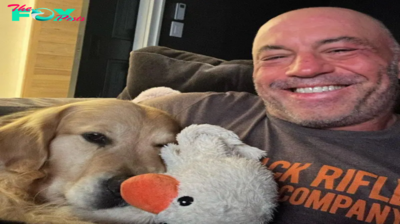
 Entertainment3m ago
Entertainment3m agoHighest-Paid Podcasters in the World: Joe Rogan, Bill Simmons and More
-

 Entertainment3m ago
Entertainment3m agoFrom Camila Cabello to Sabrina Carpenter, Look at Shawn Mendes’ Dating History
-

 Entertainment4h ago
Entertainment4h agoWorkshop de Comunicação para a TIVIT
-
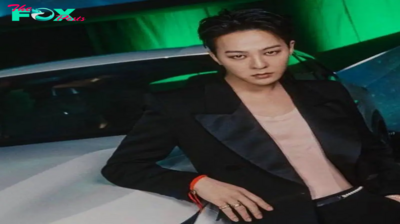
 Entertainment5h ago
Entertainment5h agoA Look at the Dating History and Rumoured Relationships of BIGBANG Star G-Dragon
-

 Entertainment9h ago
Entertainment9h agoPalestra WEEM – Mulheres Médicas e o Poder da Comunicação
-
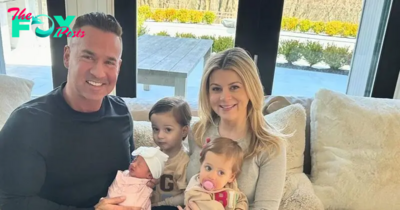
 Entertainment12h ago
Entertainment12h agoMike and Lauren Sorrentino Introduce Baby No. 3 to Kids in ‘Jersey Shore’ Exclusive Clip
-
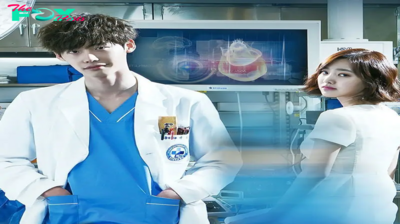
 Entertainment21h ago
Entertainment21h agoFace Me and Other Korean Medical Crime Shows That are Must Watch
-
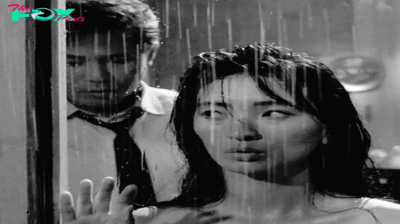
 Entertainment1d ago
Entertainment1d agoClassic Korean Movies Like Piagol to Add to Your Watch List
